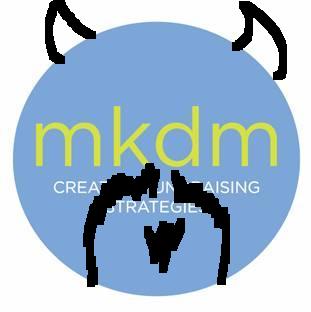 Last week I received a great question from a nonprofit that had recently set up a Facebook page. The organization was concerned about another page on Facebook for beneficiaries of its work because the page was run by a fan, and not the organization. Also, while the page didn’t purport to be the organization’s, it did incoporate its name. They explained:
Last week I received a great question from a nonprofit that had recently set up a Facebook page. The organization was concerned about another page on Facebook for beneficiaries of its work because the page was run by a fan, and not the organization. Also, while the page didn’t purport to be the organization’s, it did incoporate its name. They explained:
“The creator of the other page was a beneficiary of our organization many years ago. She’s trying to connect with people who share the history and also start a conversation about our issues. The dialogue on her page so far is pretty benign but it’s headed toward opinions that are not reflective of our organization. I’ve drafted a letter explaining the confusion this creates and am asking her to create a page with a different name. Is that sufficient? What if she refuses? Is there a template legal reason that we can use?”
The organization definitely had a problem – but it wasn’t the existence of this page.
The real problem was that the organization wasn’t on the same page (the bigger kind) with Facebook yet. They were approaching Facebook, logically enough, as an inexpensive publishing platform for the organization’s message. Which it is … as long as you take into consideration the other 350 million citizen publishers using the platform and that whole conversation thing with social media. So long logic.
For many of us getting started with Facebook, Twitter and other social media channels, it’s all good and well as long as we control the message. But when others start up conversations, don’t “get” our organizations, or say things we don’t like, we get uncomfortable.
But the reality is, social media for companies and brands is all about getting comfortable with this and letting go. Instead of pushing out a controlled message, it’s about people talking about you online, you talking with them, and not only accepting that, but embracing it.
For those of us trained in pre-social media communications, this is a horrifying thought. What’s that pitch to your boss? “Great idea boss! We’re going to market our organization by letting anyone who wants to start a website about us. We’re going to let them say whatever they want about us all over the web. Not only are we not going to do anything about it, but we’re also going to encourage it.”
Pretty much. Transparency is the new spin.
So what should an organization do about an “unauthorized” Facebook page? According to the code of social media, at the minimum leave it be. Better yet embrace it. Forget “cease and desist;” think “hug” instead. That’s what Coca-Cola did when it discovered its largest fan page on Facebook was not their own, as described in this post from Mashable.
While your organization’s fans may not be equipped with your corporate messaging guidelines, it’s important to recognize that even if they stray off message a tiny bit, they are fostering genuine dialogue about your organization and your issues – and that’s a good thing.
On the flip side if you don’t like what you’re hearing about yourself online, that can be a good thing too. Because it means that people care enough to talk about you and your issues. The question is, do you care enough to listen? While your fans may reveal to you that your brand isn’t what you thought it was, rest assured, only you can ruin it.








